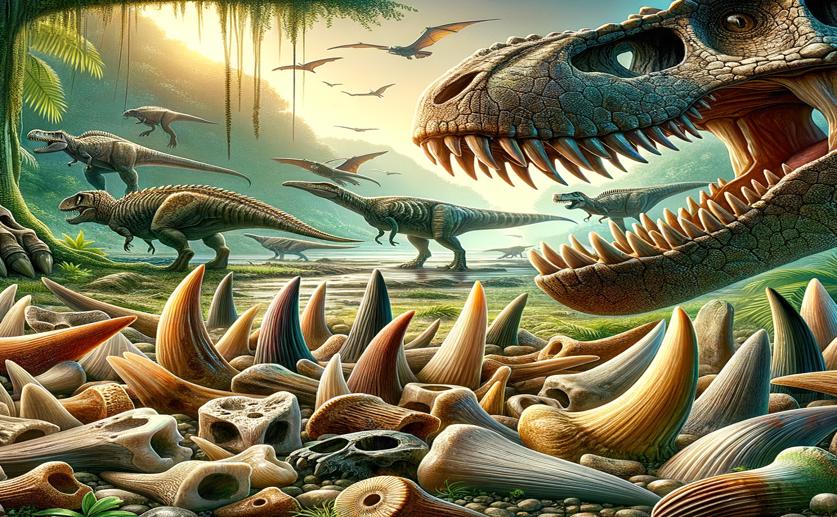
Ancient Shed Teeth Show More Diverse Predators in Dinosaur Era
Jenn Hoskins
11th May, 2024

Image Source: Natural Science News, 2024
Key Findings
- In Argentina's Portezuelo Formation, researchers identified six distinct types of theropod dinosaur teeth
- Two tooth types suggest the presence of new species of megaraptorid and alvarezsaurid dinosaurs
- Another tooth type may indicate a medium-sized abelisauroid living alongside larger abelisaurids
References
Main Study
1) Shed teeth from Portezuelo formation at Sierra del Portezuelo reveal a higher diversity of predator theropods during Turonian-Coniacian times in northern Patagonia
Published 10th May, 2024
https://doi.org/10.1186/s12862-024-02249-8
Related Studies
2) New evidence on deinonychosaurian dinosaurs from the Late Cretaceous of Patagonia.
Journal: Nature, Issue: Vol 433, Issue 7028, Feb 2005
3) Abelisauridae (Dinosauria: Theropoda) from the Late Jurassic of Portugal and dentition-based phylogeny as a contribution for the identification of isolated theropod teeth.
4) The dentary of Australovenator wintonensis (Theropoda, Megaraptoridae); implications for megaraptorid dentition.
5) A new desert-dwelling dinosaur (Theropoda, Noasaurinae) from the Cretaceous of south Brazil.



 17th April, 2024 | Jim Crocker
17th April, 2024 | Jim Crocker